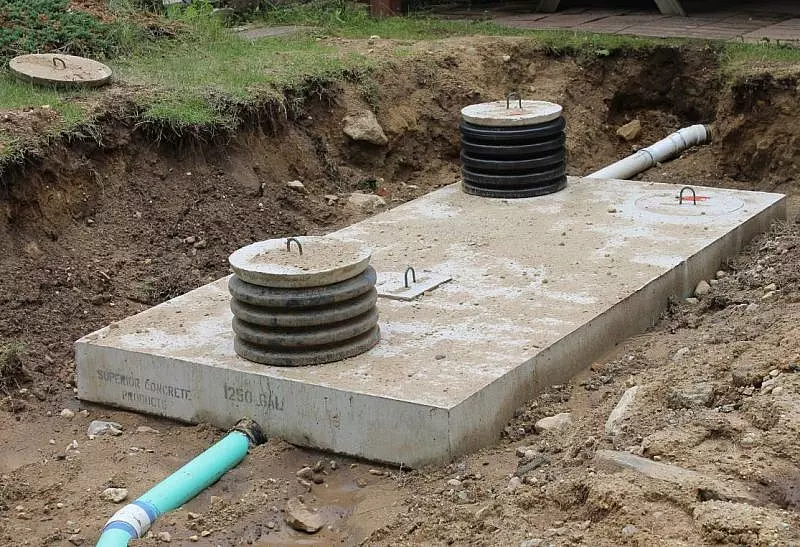Removal of Polluted Septic Tanks Could Help Combat Sea Level Rise in Miami Dade
A leaking septic tank.
February 4, 2022
As usual, climate issues continue to plague coastal areas, especially like our very own Miami-Dade County. However, recently some action has begun to stop sea level rise by removing one of the more repulsive sources of pollution from the large area.
Last Thursday, the first step was taken, a scoop of dirt. But what is this disgusting thing that needed removal to better the environment around the county?
Well, I’ll give you a hint. They’re the large underground boxes that collect and filter all out wastewater, and subsequently transfer it to an aquifer or into the dirt. They have to be replaced once in a while, and they are, in their nature, gross. That’s right, it’s a septic tank!
And why have they become so harmful to the ocean around Miami-Dade? They are responsible for sending dirty water to our very own Biscayne Bay, causing fish to die, and sometimes even a flood of dirty disgusting waste water onto private property.
When they fail and need to be replaced, septic tanks are incredibly detrimental and cause ocean levels or rise with the overflow of polluted water. According to The Miami Herald:
“Miami-Dade has an estimated 120,000 of those time bombs [failing septic tanks] buried all over the coastal county, with a majority in north Dade. About 9,000 of them are already at risk of failing or not working as well. With a just a foot or so of sea rise, expected by about 2040, that number swells to 13,500.”
One possible obstacle preventing action from being taken sooner is that it’s incredibly expensive to get rid of or fix all of those tanks. The Herald calls it “a multibillion-dollar affair.”
Currently, there is a five-year plan that was first released in 2020 (began now) to convert 13,000 of the 120,000 remaining problematic tanks. They are starting with the 9,000 tanks most at risk for poisoning Biscayne bay.
Although the numbers are up there money-wise, Mayor Daniella Levine Cava affirmed, “Price will not be a barrier” in stopping the plans to remove and fix these septic tanks that are so detrimental to our county and its water.
Lots of other technicalities about timing price, and other specifics can be found on this article by the Miami Herald, but the bottom line is that this first shovel scoop of dirt covering a harmful septic tank is one step in the right direction, the direction towards making Miami a cleaner, greener, and better place to live. A step closer to being the environmental example we want to set to other counties in Florida, and other states in the US. With the mayor’s plan beginning its course, Dade can come closer to a cleaner and more environmentally conscious reality.















